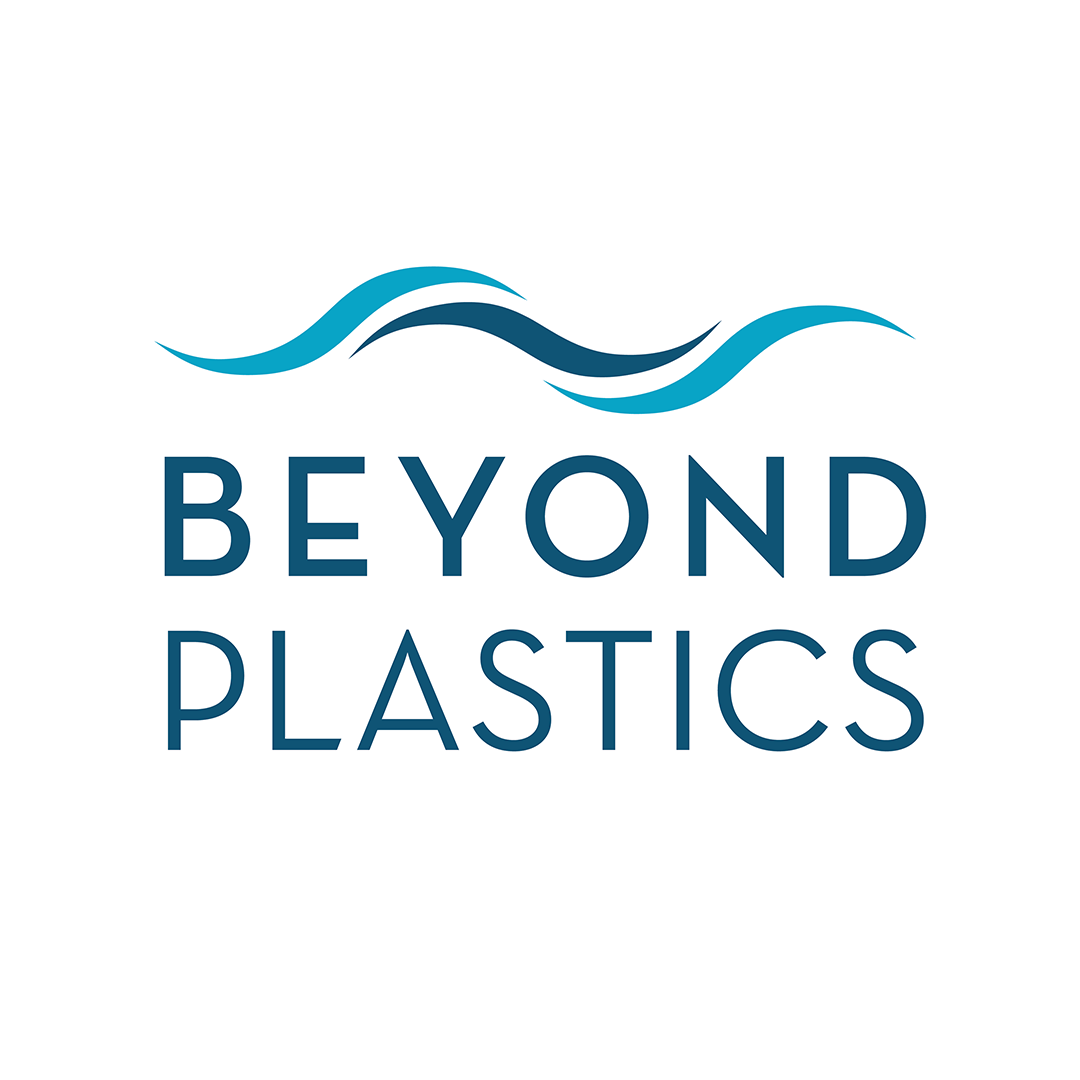REPORT: The Perils of PVC Plastic Pipes
April 2023 | Beyond Plastics
The discovery of unsafe levels of lead in drinking water in communities across the country is so pervasive that in November 2021, Congress made $15 billion available to states and municipalities to replace lead service lines (the pipes that deliver water to our homes, schools, and businesses).
Although the decision to replace those lead lines is very positive, it’s equally important to ensure that the replacement piping material will not simply create a new set of adverse health and environmental impacts. The data on the safety of polyvinyl chloride (PVC) plastic piping raises serious concerns about replacing metal pipes with PVC plastic pipes. The risk of leaching chemicals that are harmful to human health is real. There is evidence that this may occur, and the testing necessary to prove otherwise is either inadequate or nonexistent.
Communities that opt to replace their lead service lines with PVC plastic pipes may well be leaping from the frying pan into the fire. Although we strongly support the replacement of lead service lines, we need to know that the replacement piping material is safe.
In the absence of guidance from the U.S. Environmental Protection Agency to state and local governments on the safety of various replacement piping materials, Beyond Plastics commissioned the well-respected science writer Meg Wilcox to look at the published literature and examine this issue. What Wilcox found is eye-opening and raises concerns that should be considered by the state and local officials who are deciding what type of pipes will be used in their communities. The residents who drink and bathe in these public water supplies should also be aware of the dangers posed by PVC service pipes.
GET THE REPORT & OTHER KEY DOCUMENTS
NEWS COVERAGE
USA TODAY | 4/18/23 | New report warns about human health risks from PVC pipes used in drinking water systems
GREENWIRE | 4/18/23 | Replacing lead pipes with PVC poses new risks, report says
THE NEW LEDE | 4/18/23 | Beyond East Palestine, report finds widespread toxic vinyl chloride pollution
GRIST | 4/19/23 | As states replace lead pipes, plastic alternatives could bring new risks
NORTHJERSEY.COM | 4/21/23 | Report says PVC water pipes may cause health risks. What's being used in North Jersey?
GEO.TV | 4/21/23 | PVC pipes risk human health: report
NEW YORK TIMES | 5/4/23 | PVC pipes pose health risk
ENVIRONMENTAL HEALTH NEWS | 6/5/23 | US lead pipe replacements stoke concerns about plastic and environmental injustice
TAKE ACTION
Join us in urging the U.S. Environmental Protection Agency to ban vinyl chloride, the human carcinogen that’s used to make polyvinyl chloride (PVC) plastic. Vinyl chloride is manufactured in low-income communities and communities of color in Louisiana, Texas, and Kentucky, where it threatens the health of local residents. The PVC plastic made from vinyl chloride is used to make everything from the iconic rubber ducky and other children's toys to pipes, floor coverings, shower curtains, raincoats, and vinyl siding. Fortunately, there are safer alternatives to PVC.
Please join us in urging the EPA to take the critical first step in banning this toxic chemical before any more harm is done to communities like East Palestine, Ohio. Fill out the form below to add your name to the petition to Assistant Administrator Freedhoff. If you have any difficulty accessing the petition form below, please click here to add your name.
We urge you to take the first step in the process required under the Toxic Substances Control Act (TSCA) to ban vinyl chloride and propose prioritizing this toxic material for risk evaluation immediately.
Vinyl chloride, the building block of PVC plastic, is a known human carcinogen. Burning vinyl chloride may create and release dioxins. These persistent organic pollutants can cause cancer and disrupt the hormonal, reproductive, developmental, and immune systems.
Vinyl chloride is also often produced in low-income communities and communities of color — a clear violation of environmental justice.
in 1974, the Consumer Product Safety Commission banned its use as an aerosol in consumer products, and the Food and Drug Administration banned its use in cosmetics.
We do not want to see another East Palestine toxic train disaster occur. It is within your authority to act and we are counting on you to protect public health and the environment.
Thank you.



